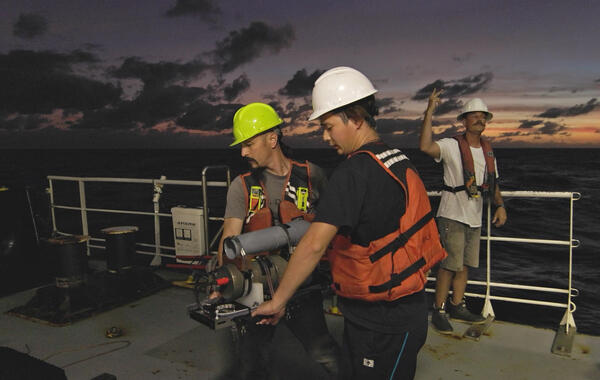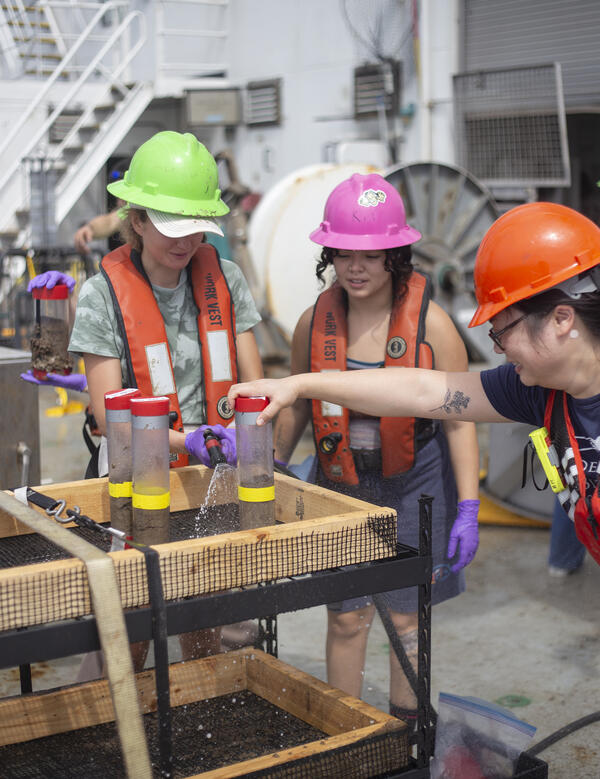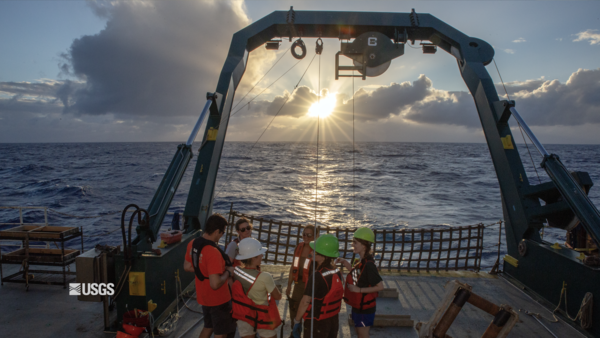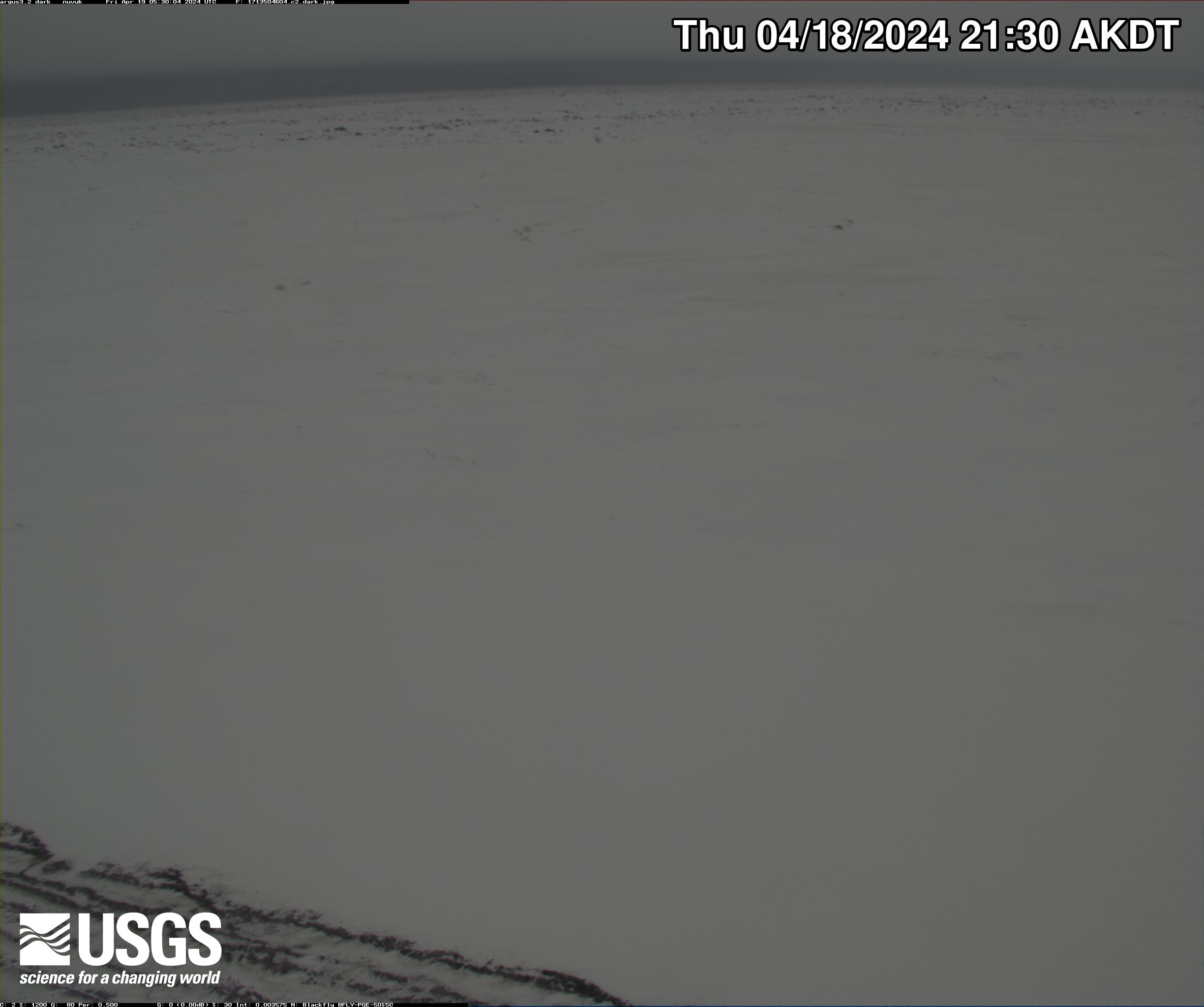Scientists removing top water from a box core sample during the Hawaii Abyssal Nodules Expedition.jpg
Scientists removing top water from a box core sample during the Hawaii Abyssal Nodules Expedition.jpgScientists removing top water from a box core sample during the Hawaii Abyssal Nodules Expedition. Learn more about the expedition here.


















